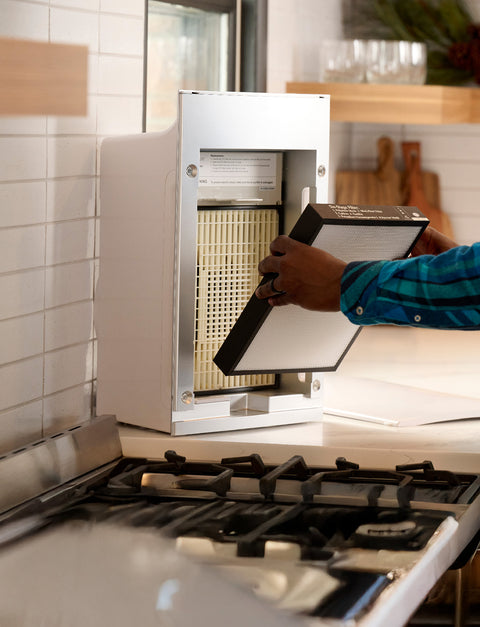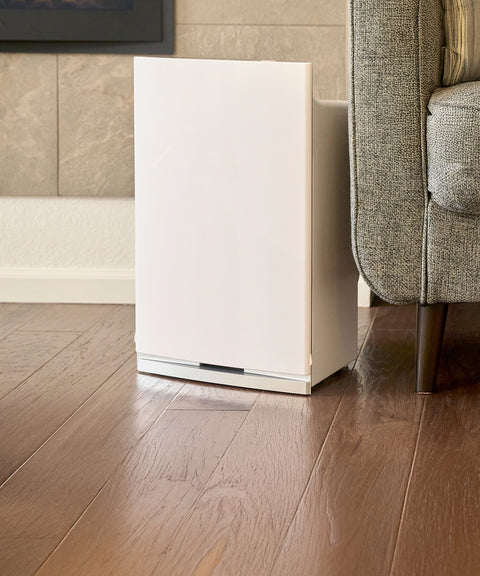Intellipure Air Purifiers & Filters
Customer feedback
Check out these reviews from our community of purchasers
Discover the Power of Clean Air – See how our Compact compares to other brands. Watch video >
Rigorously Researched
The Air Nerds have your back (and your airways)
Our Air Nerds have obsessed over CFM, VOCs, microns and microplastics, so you can just breathe.
No Fuss. No Fluff. No Fooling
Undo the Eww
You deserve funk-free air. And getting it should be a breeze.
CREATE A HEALTHIER HOME
Keep clean air flowing throughout your home.
The SuperV removes harmful viruses, mold, and bacteria, leaving only fresh, pure, healthy air circulating through your home’s existing ductwork.























